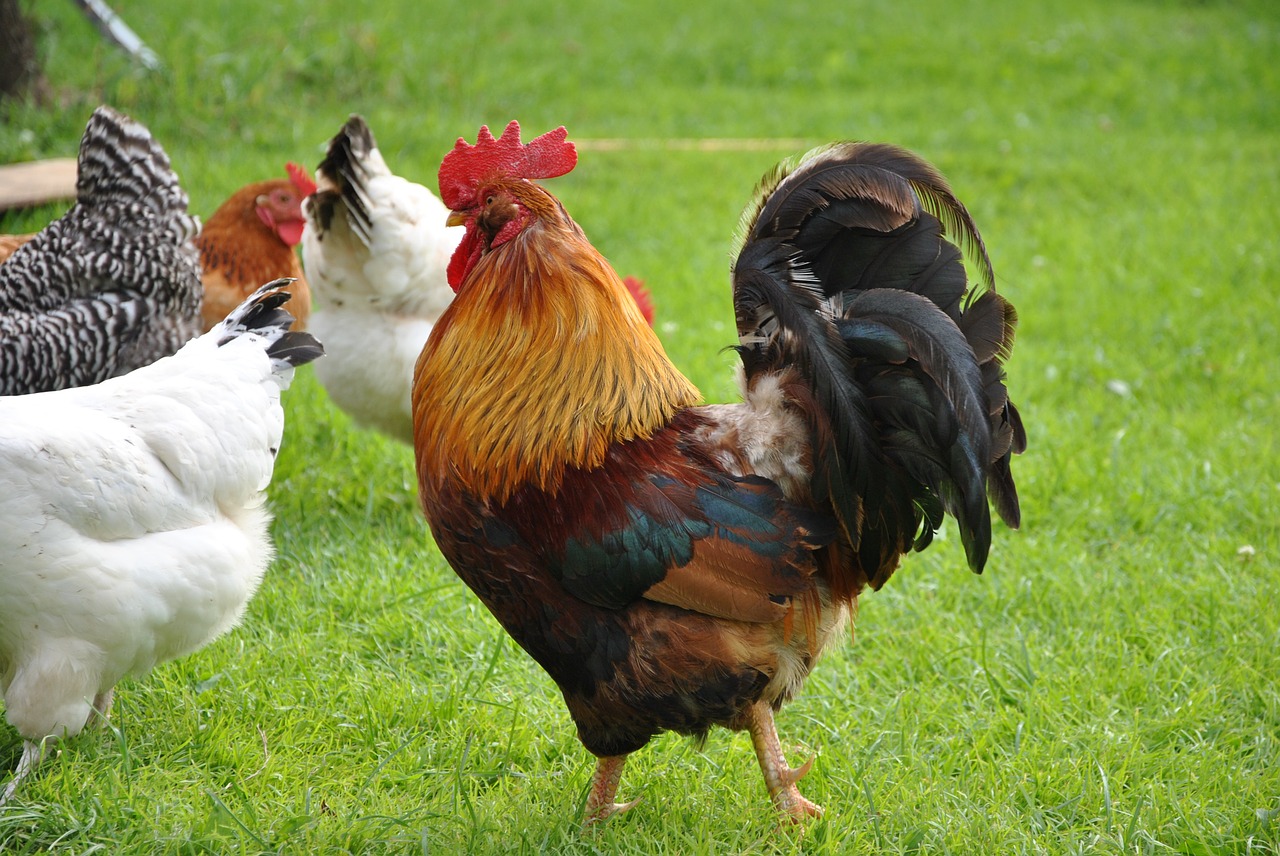How, and Why, Some Farmers Are Bringing Livestock Back to the Prairie
Author: Amy Mayor | Date Published: August 1, 2017
On a cloudy summer day, Iowa farmer Wendy Johnson lifts the corner of a mobile chicken tractor, a lightweight mesh-covered plastic frame that has corralled her month-old meat chickens for a few days, and frees several dozen birds to peck the surrounding area at will. Soon, she’ll sell these chickens to customers at local markets.
The demand for beef, pork and chicken raised on smaller farms closer to home is growing. Now, some Midwest farmers, like Johnson, are exploring how to graze livestock to meet those demands while still earning a profit.
Johnson runs Joia Food Farm on land she rents from her family, which has a conventional corn and soybean operation near Charles City, Iowa. She transitioned some fields to organic for corn and soybeans but also raises several types of livestock.
“Before we just let them out and day range, we make sure they know and understand that this is their home,” Johnson says, “so they go back into it.”
From now on, the chickens will be free to forage and peck during the day. The portable coop will keep them safe at night.
Most of the meat in grocery stores comes from huge farms and ranches that gain efficiency through economies of scale, and bring us cheap burgers, chops and wings. Those farms can be rough on the environment, generating massive amounts of animal waste and depleting the soil. Johnson’s approach relies on grazing different types of animals on the same land in a carefully controlled pattern, which ideally will enhance the land they roam. When used with several different animals, the technique is sometimes called multi-species grazing.
Johnson plans to rotate sheep through a series of small paddocks, followed by the meat chickens. The animals will eat what they please and fertilize with their waste. Laying hens and turkeys roam freely about her farm and yard. And she plans for pigs to eventually graze on organic crop fields where their natural rooting behavior should help improve soil health.
Farmers like Johnson are hoping creative approaches to providing meat, often at a premium, to customers who care more about farming methods than price will improve cropland and wildlife habitat while also helping them earn a profit.
“A multi-species open pasture system has a higher level of animal welfare,” says Will Harris of White Oak Pastures in Bluffton, Ga. “I believe it is more regenerative for the land and I think it benefits rural economies.”
Harris pasture-raises cattle, hogs, sheep, goats, rabbits and five types of poultry. It sounds chaotic, and Harris says it requires careful planning.

